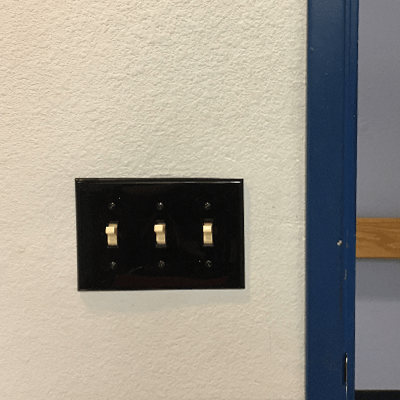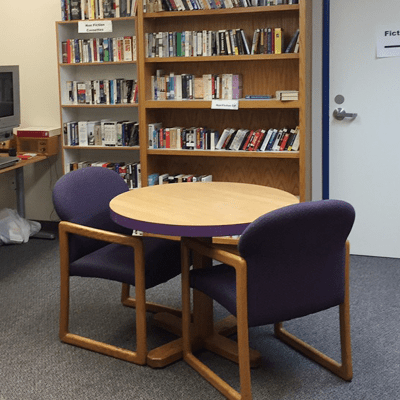After a visual impairment diagnosis, it’s important to think about how it will affect your daily life and all the changes that will need to be made to your living space. It may seem overwhelming at first, but if you sit down and make out a list of your daily activities, you’ll be able to see easily which changes need to be made and start working out a budget for any modifications.
Here are some of the best tips to help get you started.
Use color

If you have stairs in your home, it will be important to modify them in a simple way to make them a little safer to navigate. For instance, painting the railings a color that contrasts with the wall will be helpful, as well marking the edges of the individual steps with brightly colored tape. You might also consider installing small, battery-operated lights on the facing of each stair step–think of the ones in movie theaters–to help you find them easily in the dark.
Change up the lighting

Lighting is very important for individuals with a vision impairment. Natural light typically works best, so make good use of the windows in your home. Use sheer curtains or light-filtering mini blinds if you want a little privacy. It’s also a good idea to make sure there are floor lamps and desk lamps near your workspaces or the most used areas of your home, and add lighting to stairways, hallways, the pantry, and closets. Banish those shadows, which can be tricky to navigate.
Get organized

It’s imperative to get organized. Cabinets, drawers, and closets should be neat, with a place for everything. You can get sliding racks and shelving to make it easier to find items in the back; place like items with each other and consider using a braille label maker to mark the shelves. Keep cleaning supplies well away from any food items, and, if possible, refrain from storing items on high shelves so you won’t have to use a step stool.
You can use texture and contrasting colors to make important things easier to find; for instance, it might be useful to paint light switch plates a dark color if you have white walls; white tape on black stove controls will help you easily see the settings when cooking.
Make safety a priority

If you live alone, safety should be high up on your list of priorities. Keep a fire extinguisher in each room, and make sure all the smoke detectors and carbon monoxide detectors are in good working order and have fresh batteries.
Clear any clutter from your home and make sure walkways, hallways, and main living areas are easy to walk through, with no obstructions such as large pieces of furniture. Throw rugs aren’t advisable, but if you do have them, make sure they’re tacked down to the floor beneath to prevent trip hazards.
Consider a service dog

Service dogs are wonderful companions and can be trained for a number of tasks, including keeping you safe on walks and being helpful around the house. It’s not cheap to train a dog for this service, however, so you need to be absolutely sure you’re ready for the commitment before making the decision to acquire one.
Originally written by Jackie Waters from hyper-tidy.com. Special thanks to you!
Related information:
Helps from Furry Friends: Service Animals and Pets
Interior Design and Decorating for People Living With Low Vision
Smart Lighting for People With Low Vision
Preventing Trips and Falls at Home and the Workplace: Design and Layout Considerations

